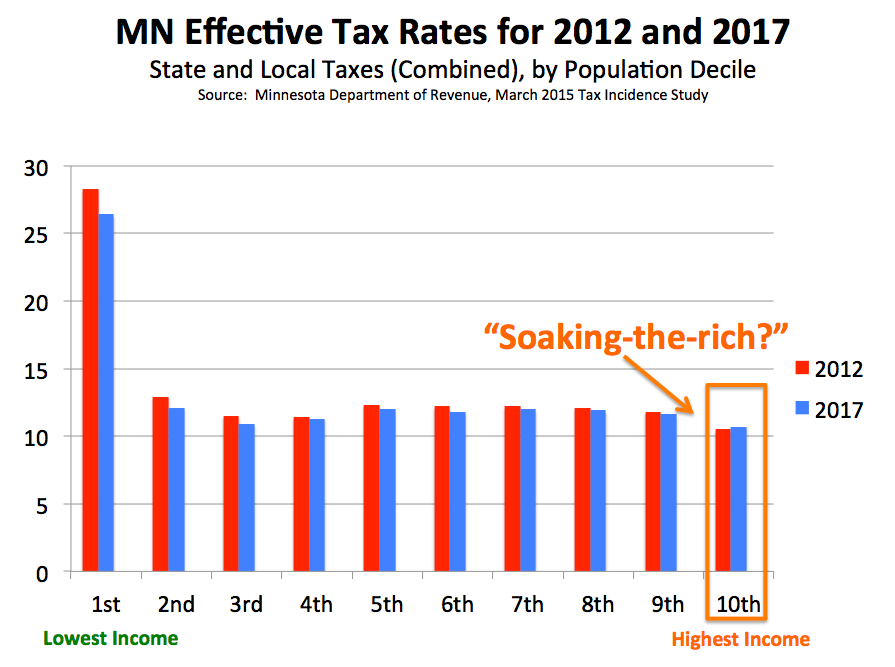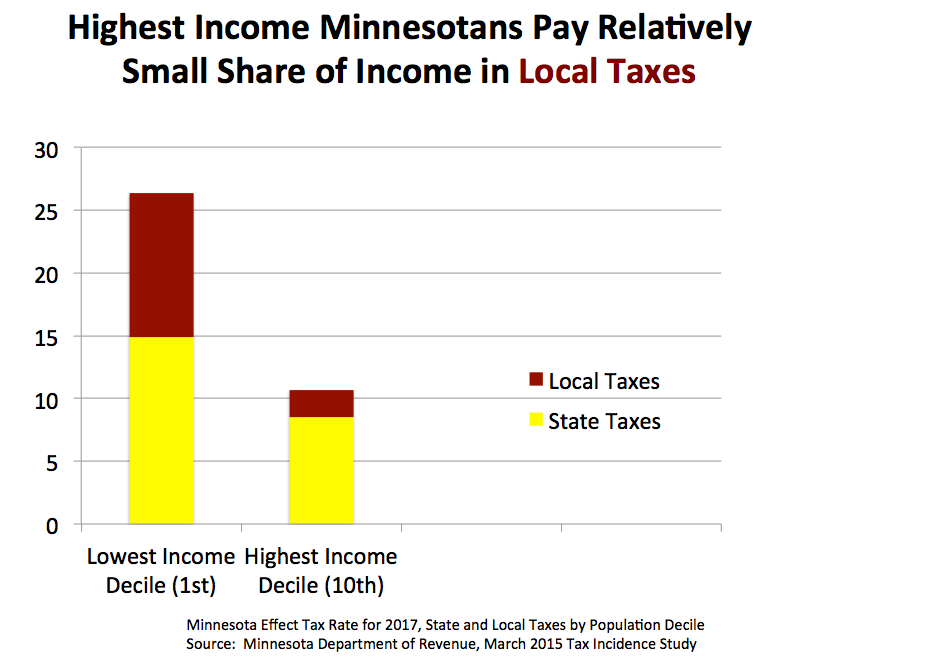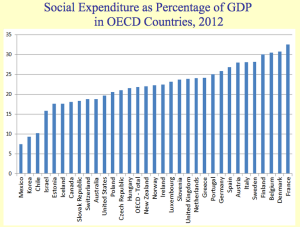
Bernie Sanders is fond of saying, “People want real change”, just as in pretty much every election one candidate or another hypes his or her power to bring just that. Big time, transformational change. The problem is the data on that “real change” thing is pretty spotty-to-discouraging. In reality, mostly voters are afraid of “real change”. Mainly they want things to stay kind of the same, just with a different face at the helm of the ship.
Last night in South Carolina, Bernie took more than his usual share of hits. This wasn’t surprising given his solid-looking front runner-status. The Democratic establishment and a remarkable slice of the punditocracy have mobilized to prevent his nomination.
The primary argument being that once we leave the bubble of the primary season and Bernie is exposed to the full brunt of the hysteria and nefariousness of Donald Trump and Team Trump media, Bernie will play like a 78-ton millstone around the neck of every Democrat in every district and race where large numbers of voters — independents and moderate Republicans — mainly want things to stop being stupid and embarrassing and just go back to the way they were four years ago, no revolution required.
Sanders points to polling showing him regularly beating Trump. Skeptics point to other data showing how viscerally/emotionally voters respond to just the label of “socialist.” Hell, “atheist” polls better. And “gay” is no real issue at all. But “socialist”, even soft-core “Democratic socialist”, remains an American boogey man with very deep roots. It may be meaningless to people of the post-Soviet era, but it remains as toxic to (many) Boomers and ultra geezers as “pedophile.”
(From the article linked above: “Most Americans don’t like the idea of moving toward socialism, regardless of how you qualify it. In a Suffolk poll taken last spring, a slight plurality of Democrats said they’d be “satisfied with a presidential candidate who thinks the United States should be more socialist.” But steep majorities of independents (72 percent to 18 percent) and voters in the aggregate (67 percent to 22 percent) said they wouldn’t. Most Republicans wouldn’t vote for the Democratic nominee regardless. But these grim numbers go much further.”)
It’s of course another low-information problem. Beyond the primary season bubble of “activists” and “zealots” and “revolutionaries” — amounting to a fraction of a faction of the total electorate — are far more people, (likely voters), who have never processed how much “socialism” is already baked in to American life. Nor have sussed out how what Bernie is constantly yelling about would really work. Wish all you want that that wasn’t the case, but it’s a harsh reality.
And it’s hard to see how this improves in a long head-to-head with the disinformation/distortion Trump machine.
Through the primaries thus far Bernie has managed to play coy with his math on Medicare for All and with his health records. But there’s a gruesome gauntlet awaiting him on those two matters alone, post nomination. And then we’ll start adding on every “socialist”-sounding thing he’s said for 40 years on Vermont Public Access TV.
My feelings about Bernie remain pretty much what they’ve been for the last five years. Were it to happen, his vision for the mechanisms of the world would be better than what we have in almost every way … but I can not for the life of me imagine how he, or anyone, can possibly deliver them. His “revolution” of “real change” requires leading a wave election so large and definitive that it not only sweeps Mitch McConnell and a dozen or more Republican senators out of DC, but is also so sweeping and commanding it intimidates the truly titanic forces of American finance. To the point they concede resistance is futile and melt away from the fight … for their very existence.
The numbers aren’t there. (Here’s Kevin Drum at Mother Jones breaking down how much better Bernie will have to do with young voters than any Democrat has ever done.)
My pet response to anyone giddy over the thought of Medicare for All and a four-year timeline to put the private health insurance industry out of business is, “Ok, great. They’re carnivorous bastards. But just walk me through exactly how you unwind UnitedHealth, for one example. Never mind the employees out of work. Where does the shareholder value — held by pension funds for teachers unions and others besides the usual plutocrats — go? Are we just wiping it out? If so, I see some resistance there.”
As my blogging colleague Joe has said several times, the poison pill factor in Bernie’s support is the obsessive and (justifiably) angry faction that will not accept anyone but him. Should he lose they’ll likely repeat what they’ve done in recent memory and shift to some/any third party candidate making the same “principled” noises, ignoring what Ralph Nader did to Al Gore, or Jill Stein to Hillary Clinton. (Somewhere within Bernie’s support remains the “blow it all up” crowd who were down to a coin flip between him and Donald Trump in 2016.)
In both “Platoon” and “Saving Private Ryan” a character on the battlefield appeals to his commanding officer, “I got a bad feeling about this one.” That’s me today with Bernie.
Of course in “Saving Private Ryan” Tom Hanks responds by asking, “When was the last time you felt good about anything?”


 This is a point that is frequently missed, or intentionally ignored, by people who focus solely on state tax burdens, without also taking local tax burdens into consideration.
This is a point that is frequently missed, or intentionally ignored, by people who focus solely on state tax burdens, without also taking local tax burdens into consideration. High as a kite from these clippings and the vindication they represent, DFLers run the risk of over-stepping, of pushing Minnesotans further than it they are comfortable going. As much as DFL politicians fantasize about bringing the social welfare
High as a kite from these clippings and the vindication they represent, DFLers run the risk of over-stepping, of pushing Minnesotans further than it they are comfortable going. As much as DFL politicians fantasize about bringing the social welfare 